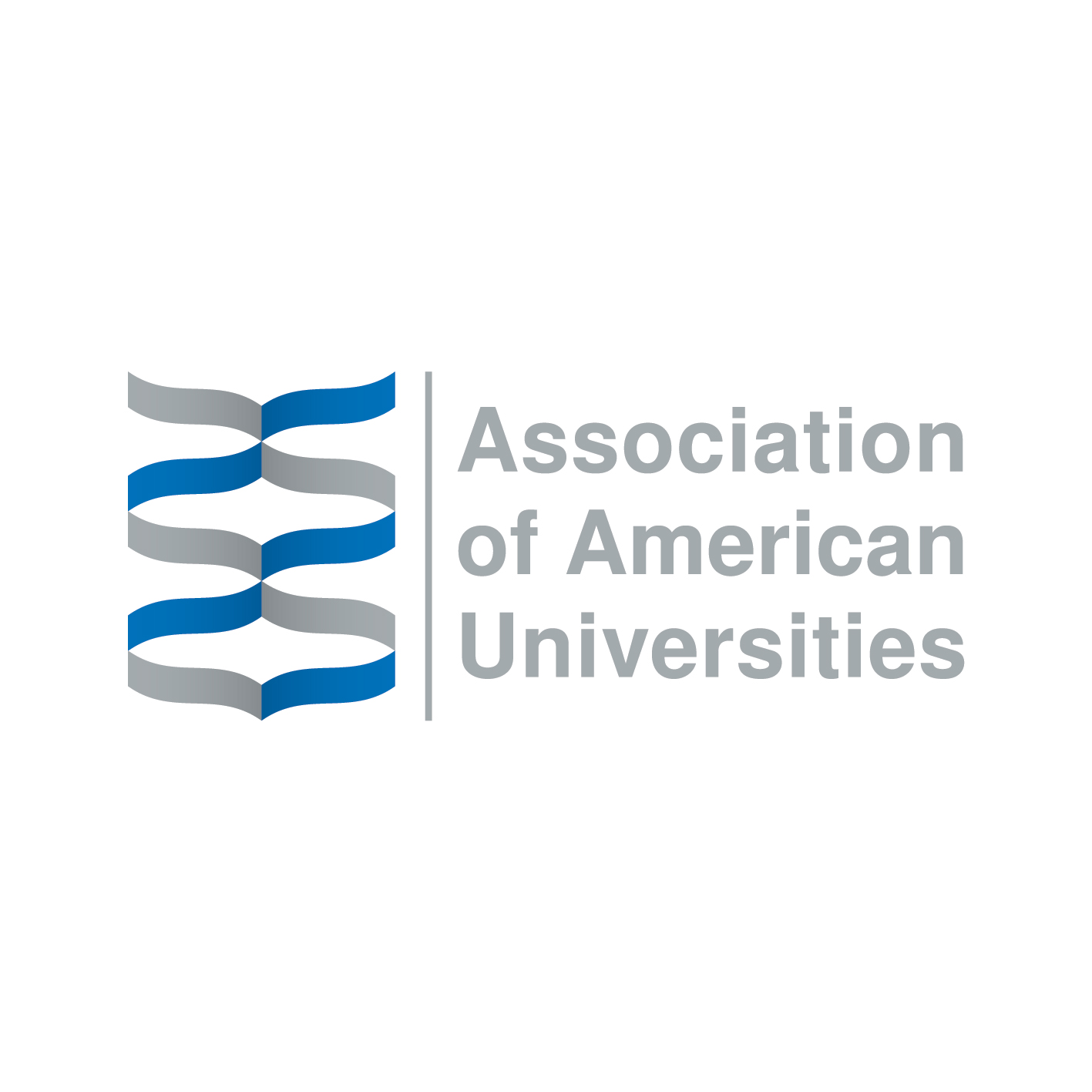The following recommendations draw primarily from AAU’s cross-institutional portrait of successful undergraduate STEM educational reforms. In addition to the AAU Framework, several factors seemed to support – or when absent work against – adopting evidenced-based pedagogies in introductory STEM courses. The following key elements indicated movement toward systemic change in reforming undergraduate STEM education.
Shift from individual to collective responsibility for curricula and instruction.
- A department and its faculty members must recognize and acknowledge their collective responsibility and ownership to improve the effectiveness of the department’s introductory/foundational courses.
- Decisions about what fundamental concepts students need to learn in introductory courses should no longer be left solely to the discretion of the individual faculty member teaching the course for a semester. Instead, these decisions must be made collectively by an entire department.
- Departments must actively promote the use of evidence-based active-learning strategies in foundational courses and work jointly with faculty members to develop uniform ways to assess student learning in these courses.
Hire educational experts within departments to bolster reforms.
- Educational experts should be formally embedded into the departments to support all faculty members in the adoption and use of evidence-based pedagogy and proven effective instructional practices.
- Individuals in these roles should provide educational leadership to the department to help achieve desired reform through redesigning courses, co-teaching courses with other faculty members, taking on the responsibility for departmental-wide educational improvement, and producing scholarship for the broader higher education community based on the evaluation of reformed courses.
- Embedded teaching experts within a department should be expected to engage in efforts with other STEM departments across the institution to better coordinate cross-disciplinary learning objectives, to share best practices, and to achieve broader institution-wide systemic STEM teaching reforms.
- Acceptance, support, and respect for the role of individuals with instructional expertise by departmental leadership and tenure-track faculty members is an essential element for long-lasting change. Given that institutional policies at research universities usually state that education is of equal value to research, faculty members and staff embedded within STEM departments with specific expertise in teaching should not be treated as ‘second-class citizens.’
Reorganize institutional structures to support departmental reform efforts.
- Symbolically and practically, establishing and maintaining organizations that support STEM educational reforms is an essential element of eventual institutionalization. The work of various administrative units, such as Centers for Teaching and Learning, must be reoriented to better align with department-based instructional improvement efforts and support the work of embedded teaching professionals within the departments.
- At some institutions, additional within- and between-department structures should be created to support STEM educational reforms, particularly those that can help faculty members to evaluate, assess, and continually improve the effectiveness of their teaching.
Harness institution-wide data to support student learning.
- Research universities can greatly facilitate STEM education improvement by supporting the development and use of institution-wide data and analytical tools on student instruction and learning outcomes. It is critical that data that is collected by the institution be compiled and shared with departments in ways that help them and their faculty members to continually enhance the quality of their STEM instruction.
- Universities should develop efficient tools to assist faculty members in their teaching and to assist administrators in monitoring student progress.
Develop new institutional business and financial models to promote sustained improvement of undergraduate STEM education.
- Undergraduate STEM education improvement at research universities cannot effectively be sustained based upon the same ‘from one grant to the next’ model that has been used to support research. Clearly an institutional commitment must be made.
- Funds will be required to hire the types of personnel best suited to enhance the quality of undergraduate STEM education while understanding these hires must fit into a research university setting.
- Additional learning spaces must be created to support active-learning techniques accompanied by support for faculty professional development around the effective use of the enhanced spaces.
- Institutional leadership should find innovative ways to include improving the quality of undergraduate teaching in their major fundraising campaigns. They should also seek funds from industrial sponsors to endow “Chairs for Educational Excellence” within STEM departments.
Better manage the simultaneous pursuit of high-quality teaching and research.
- The development and use of more effective ways to evaluate teaching in the faculty reward structures will be required to institutionalize STEM educational reforms.
- Alternatives beyond the sole use of student evaluations/ratings must be developed and employed in evaluating the quality and effectiveness of faculty teaching.
- Institutions and departments need to modify their hiring practices to make clear that they have an expectation of excellence in teaching in addition to excellence in research.
Leverage AAU to advance educational reforms and institutional change.
- Situating the eight project sites within the larger AAU STEM Network was an effective way to encourage local reforms especially when peers from similar departments and types of institutions are doing similar activities on their campuses.
- By AAU providing institutions with even modest funds, department-based efforts become an institutional priority, and individuals leading these efforts have a lever to obtain additional institutional resources.
- AAU involvement has symbolic implications that can help campuses achieve cultural and institutional change by providing legitimacy to STEM education reform efforts.
At AAU
In addition to AAU members and non-member research universities taking these steps, if long term systemic reform in undergraduate STEM education is to be achieved, it will also be important that AAU itself sustain the commitment it has made to supporting educational improvement at the undergraduate level.
To help maintain the momentum for reform that has been generated by the Initiative, AAU leadership has already committed to extend the initial five-year effort indefinitely by integrating continued support for undergraduate STEM education reform and improvement into its ongoing staffing structure and portfolio of work. Additionally, AAU will continue to explore how lessons learned from the Initiative can be applied to improving undergraduate teaching in other non-STEM disciplines and how AAU, as an association, can continue to promote excellence in undergraduate education.

